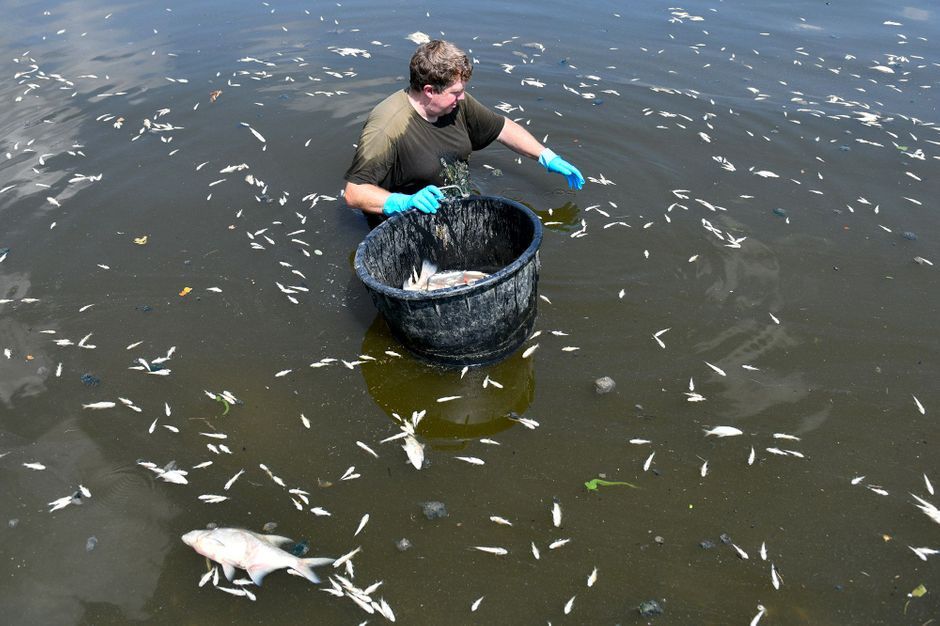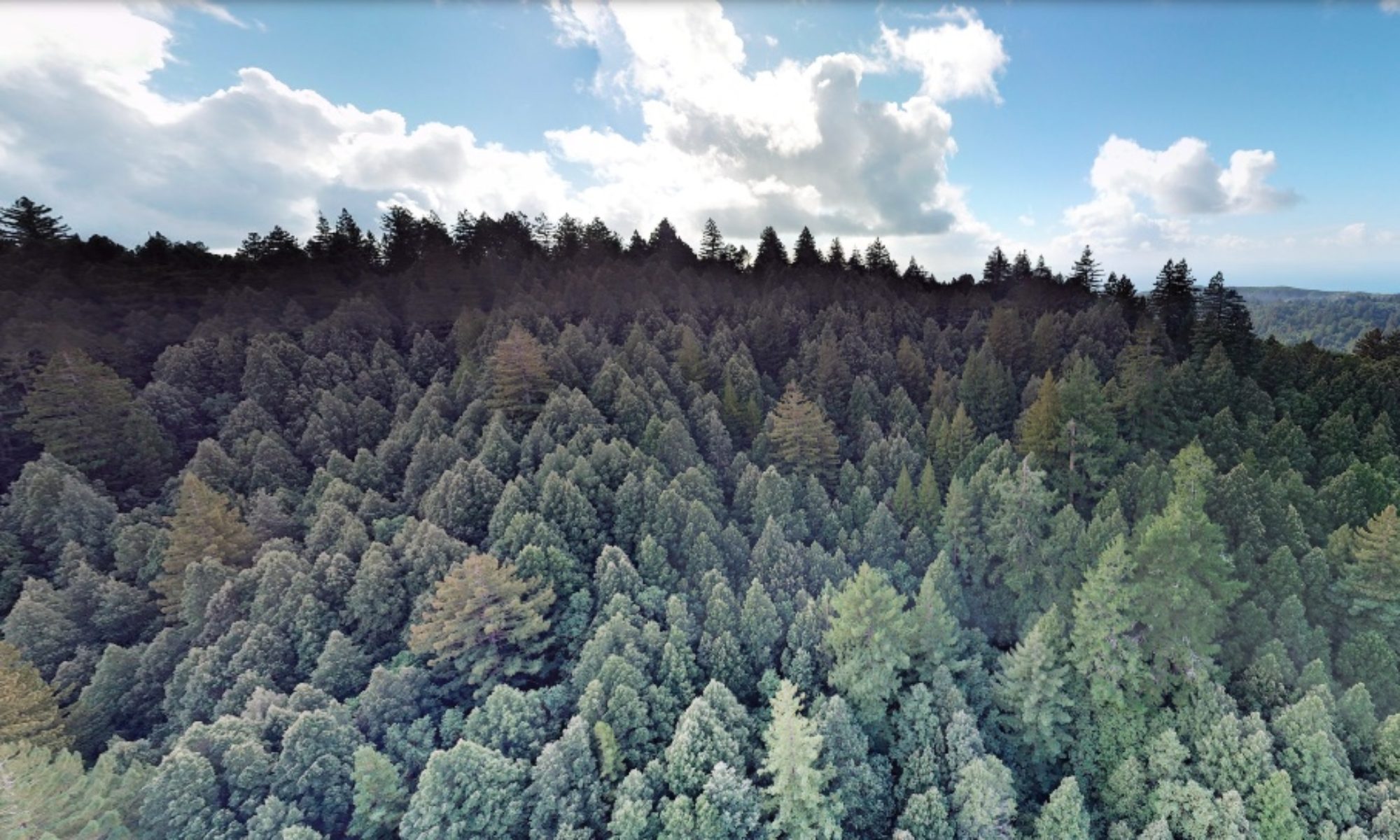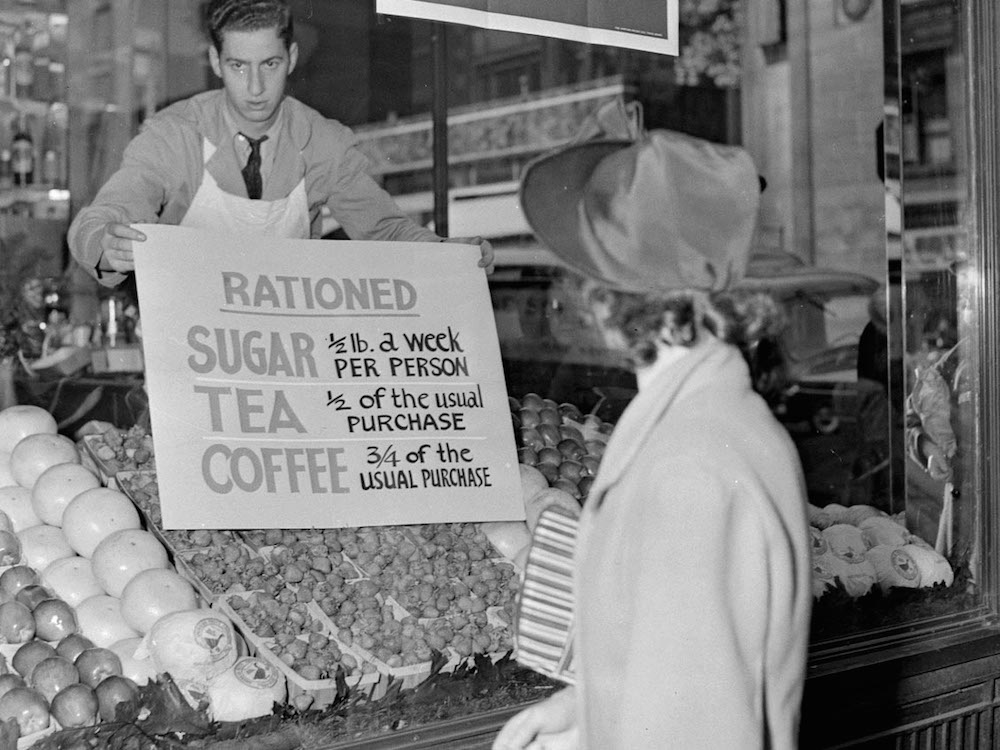The 2018 heatwave which swept across Europe, wiped out thousands of fresh water fish across Switzerland and Germany. Unable to survive in such warm waters, 20 tons of fish carcasses were fished out of a river in Germany that summer.
Warmer temperatures are also accompanied by longer dry spells, another symptom of climate change. When water levels drop, deeper, cooler waters which would have provided refuge for fish in heatwaves, are eradicated. If river water temperature exceeds 27 degrees Celsius, oxygen concentration in the water drops precariously, endangering fish that live there.

Clearly, such ecological catastrophes are devastating. Even with attempts to dig deeper areas to cool temperatures, it seems unlikely that cold water fish will survive unless temperatures stabilize.
Fish are just one example of one species on the living planet that can’t cope with such drastically rising temperatures. Added to that are the threats to fish populations caused by over-fishing, plastic pollution, chemical run off from agriculture, and damage to their ecosystem caused by climate change. For humans too, this spells trouble. Fish make up an important food source — and demand, especially from China, continues to grow.
How are growers affected?
A similar story is playing out in other areas of cultivation. The wine industry is being greatly affected by the warmer climate. Grapes, like many fruits, need a cold period as part of their growth cycle. If the temperatures are too high, the grapes ripen too quickly and the wine becomes sweeter and more alcoholic. While some producers have responded by moving their vineyards to cooler regions, others have turned to agroforestry as a solution to warming temperatures. The coffee sector too, is being similarly affected (see blog entry). Just a half degree rise in temperature lowers yield significantly. In response, companies like Starbucks, whose business model depends on accessing a constant supply of good quality beans, have been financing new coffee plantations in the cooler regions of China. But for most farmers, displacing their operations is simply not an option.
Avocados are another crop unlikely to survive further changes brought on by climate change. Avocados need humidity, and stronger and more frequent winds are threatening that. Temperature extremes also pose problems since the fruit will not grow in temperatures that exceed 38C. California alone is facing a 40% reduction in crop by 2050.
Staple crops are also becoming more difficult to grow. Corn and soy bean farmers in the US faced tough conditions in 2019 during a prolonged period of flooding. Only a quarter of the usual amount of soy beans could be sown.
The 3 billion people who depend on rice for their livelihood are also facing increasingly erratic conditions. The question of its declining nutritional value (loss of protein, iron, zinc and B vitamins) is also of great concern since so much of the developing world rely on it as their principal food source. With lower yields, the price of rice looks set to rise significantly in the coming years.
What are governments doing about this?
There really is little in on the living planet that is not affected by climate change. Global leaders broadly speaking have not concerned themselves much with the perils of the warming planet, nor industrial agriculture, nor have they connected to dots as to cost to the economy of sidelining the health of planet. Even if the well-being question wasn’t enough to spur change, the fact that unhealthy diets are the top factor driving ill-health in the UK – and consequently represent a huge cost to the NHS, should have raised questions.
The lack of concern about this question is starting to change. More so in Europe than in the US, increasingly governments and corporations are realizing there is a price to paid for maintaining the status quo – especially when the status quo represents an ever more precarious picture. The health of all life on earth, present and future, and the economy are all at stake – the work done by bees alone save farmers an estimated 1.8 billion a year.
In fact, much of the response to food related problems has been purely a response to supply issues. The Chinese government only imposed a ban on trawler fishing when fish stocks became so depleted that fisherman weren’t able to catch anything. Likewise, alarm about bees dying off – with their vital role in pollinating crops, prompted the EU to ban neonicotinoids.
Nevertheless, some progress is being made on the question of land use, at least in Europe. There’s a growing recognition about the importance of restoring biodiversity, improving soil health and reducing pollution. In the UK, where agricultural land accounts for around 70% of the total land, there’s a consultation process open for an environmental land management scheme (ELM) which would provide financial incentives for farmers to manage their land more sustainably.
The EU green deal’s “farm to fork” strategy also outlines a number of policies to improve food security, aiming for a 50 percent reduction in the use of pesticides, a 20 percent reduction of the use of fertilisers, a 50 percent reduction in sales of antimicrobials used for farmed animals and aquaculture and 25 percent of agricultural land used for organic farming. Considering that currently only 1% of farming is organic, if a quarter of farming were switched to organic, this would represent considerable progress.
What next for our food?
The coronavirus pandemic did raise questions about long supply chains, and has generated an uptick in interest in food provenance. The initial food hoarding that occurred also drew attention to our instinct to protect food supplies and how precarious life on this planet becomes if we can’t access basic supplies. The rationing system introduced by supermarkets could be straw in the wind for the inevitable further interruptions to our food systems and supplies. This may not be a bad thing, in fact during wartime people’s health improved, and infant mortality rates declined. Of course back in the 1940s, the nutritional value of food was much higher, and virtually no processed foods. Nonetheless, the concept of being careful with our food, and returning to a “waste not want not” would be welcome at a time where 30% of our food is thrown away.
There has also been quite a bit of noise in the press lately about the post Brexit trade deal with the USA. Even prior to the pandemic, there was a growing awareness about food quality, and its importance. Nonetheless, for the moment organic farming remains a niche market with a higher price. Ultimately, we may have no option to but to switch to organic farming to secure food supplies. Yields in industrial agriculture are already reducing, and estimates suggest we only have some 60 years left of soil health to farm the land if the current model of industrial farming continues.
Money can’t buy a living planet
So far, the consumer has been protected from higher food prices. While the nutritional value of our crops has steadily declined with industrial agriculture, and has been worsened by the higher levels of CO2 in the atmosphere, the consumer has enjoyed decades of ever cheaper food thanks to large scale farming practices, globalization and in the case of the EU, and increasingly the USA, government subsidies for farmers. But whether the EU, US and other developed nations can sustain such spending, especially in the current recession, remains to be seen. There is also the question of actual supply. For all the spending and subsidies in the world, farmers and governments are powerless to stop extreme weather events, or other consequences of ecological breakdown from threatening food supplies. With less food available, prices will likely go up, or – though unthinkable now in the Western world, three or four generations on from the Second World War – a reintroduction of some kind of food rationing. Perhaps we could also see a trend continuing for kitchen gardens, for those that have that possibility. Either way, it’s never been clearer that without regenerative agriculture and drastic action on climate change, our food will not only be lower quality, but also more expensive. Inevitably, under such circumstances, countries will be less willing to export what they grow, and for a nation like the UK, which imports 80% of its food, that poses a major threat.

